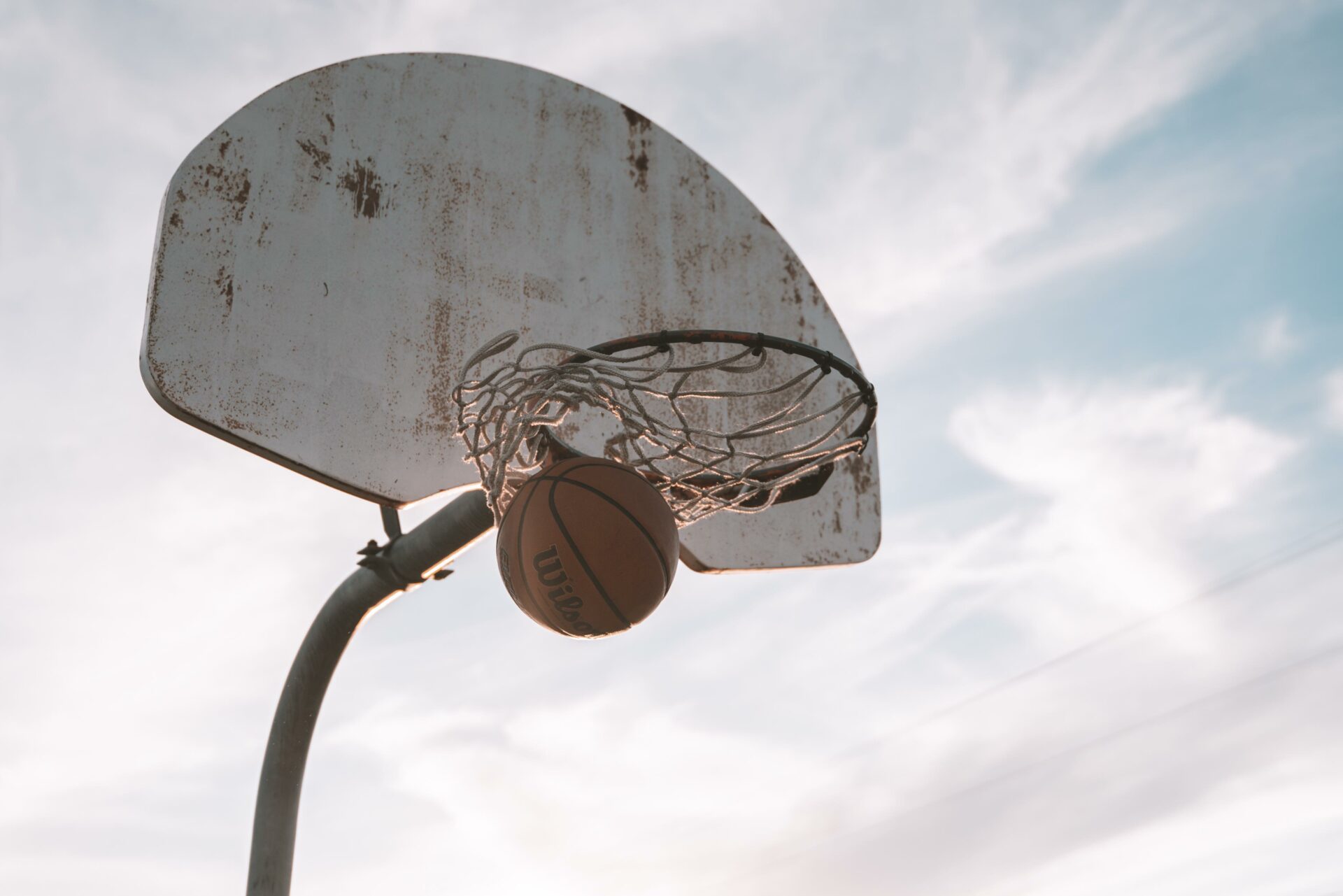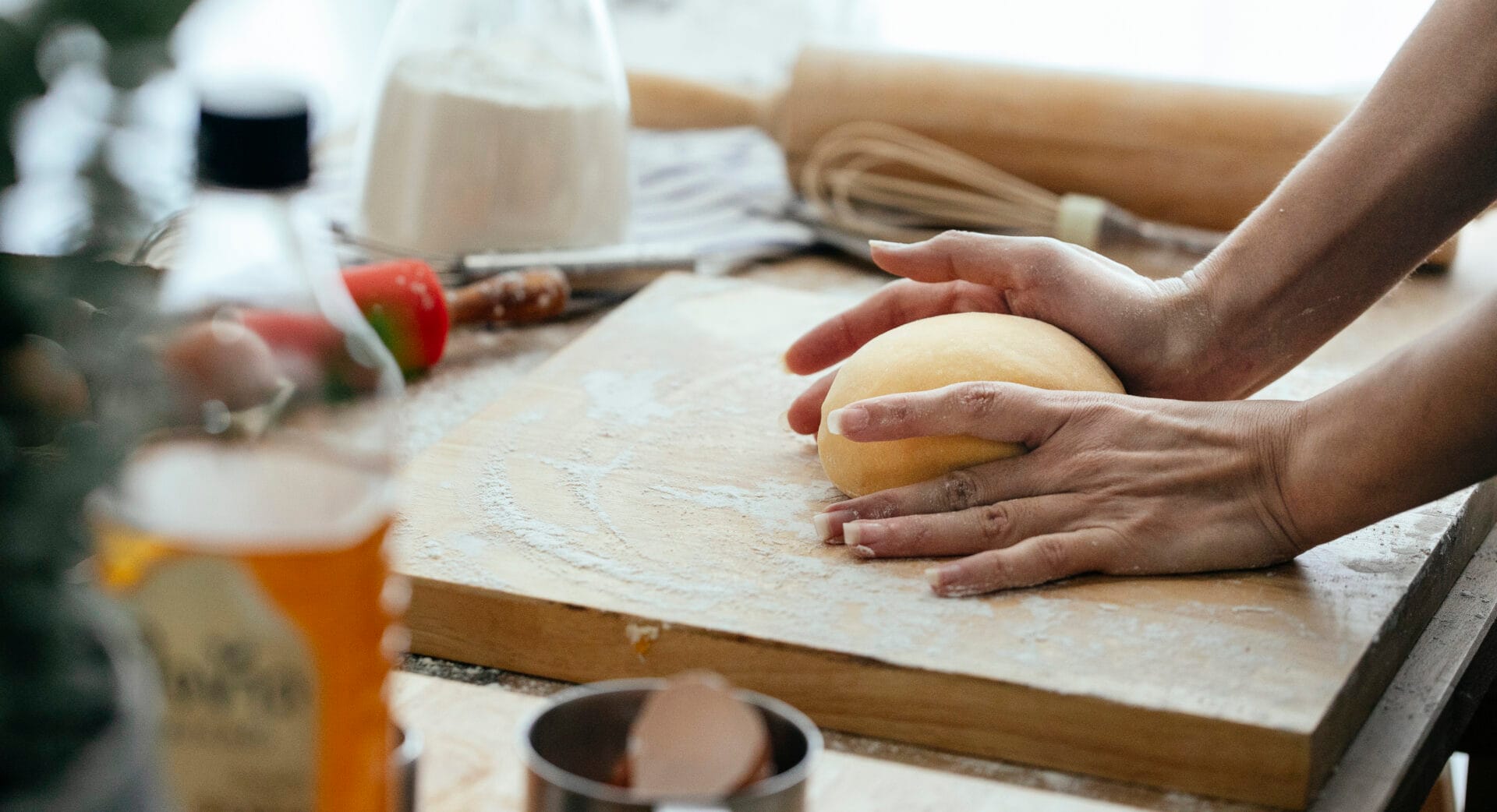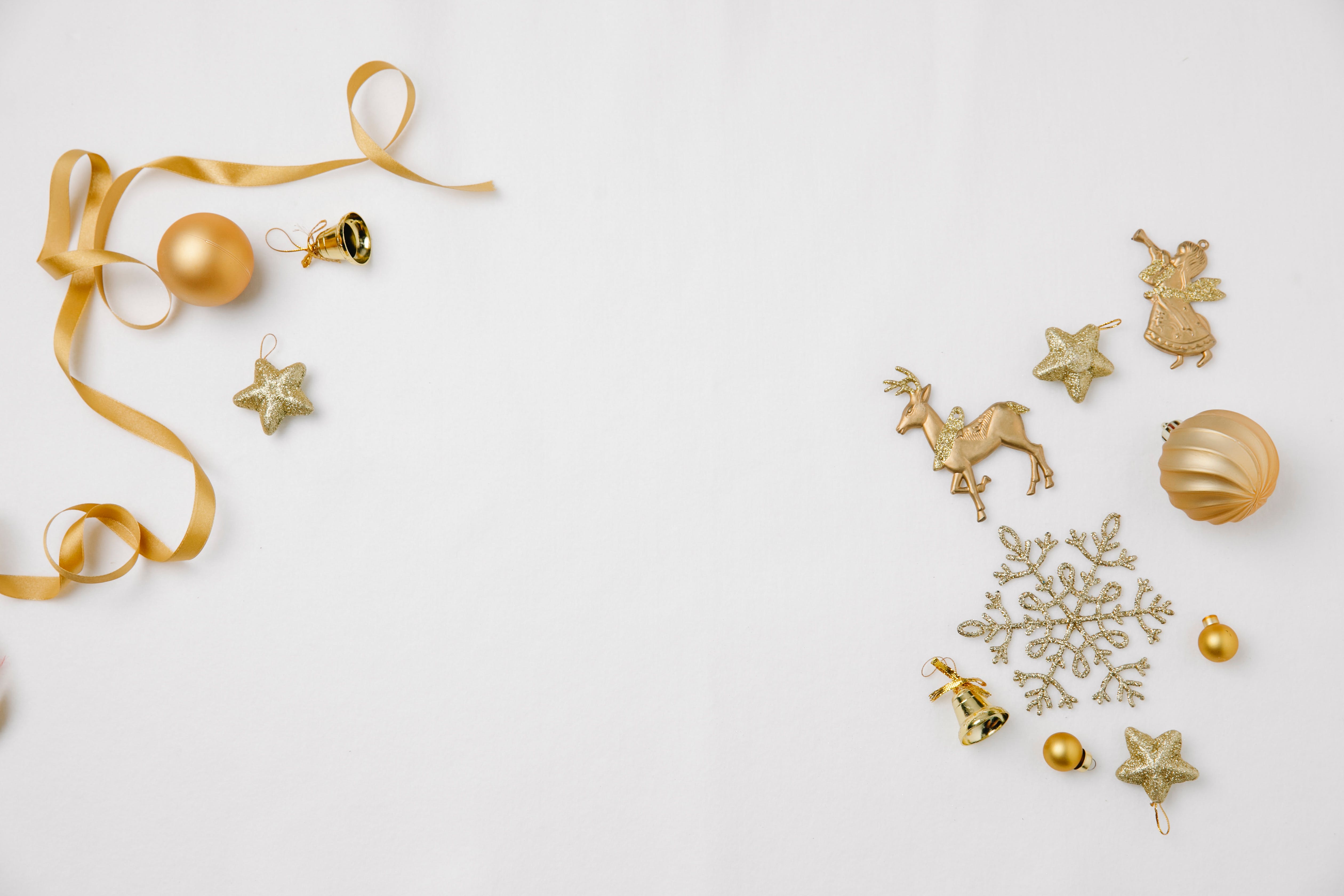Pickleball is an incredibly popular sport that has grown in popularity over the years. It is a paddle sport that combines elements of badminton, tennis, and table tennis. The objective of the game is to hit the ball over the net and onto the opponent’s side of the court. One of the key components to pickleball is the type of ball used in play. The type of ball used in pickleball is a perforated plastic ball with holes similar to those found on a Wiffle Ball. This type of ball creates more air resistance than a traditional tennis ball, allowing for slower and more controlled game play. The hole-filled surface also helps reduce bounce when it hits the ground or paddle, making it easier to control shots. The lighter weight and size of this type of ball also makes it easier for children and beginners to learn how to play pickleball.The ball used for playing pickleball is a perforated, plastic whiffle ball.
Different Types Of Balls Used In Pickleball
Pickleball is a sport that combines elements of badminton, table tennis and tennis. It is becoming increasingly popular all over the world, due to its relatively low cost and ease of play. One important factor in pickleball is the type of ball used. There are several different types of balls used in pickleball, each with their own unique characteristics and advantages.
The most common type of ball used for pickleball is the indoor ball. This type of ball is made from a hard plastic material and features an outer shell with a hollow center. The weight and size of an indoor pickleball ball are regulated by the International Federation of Pickleball (IFP). These balls are designed to be used in indoor courts, and are generally slightly heavier than outdoor balls.
Outdoor pickleballs are usually made from a softer material than indoor balls, such as rubber or foam. This makes them lighter and more suitable for outdoor courts that may not have as much cushioning as an indoor court. Outdoor pickleballs also have dimples on their surface which help them travel further through the air when hit with a paddle.
Another type of ball used in pickleball is the “slow speed” or “low speed” ball. These balls are specifically designed to move slower than regular-speed balls, making them easier for new players to learn how to hit properly without being overwhelmed by the speed of regular-speed balls. Slow speed balls can also be beneficial for experienced players who want to practice their accuracy or control without having to worry about hitting a fast-paced shot too quickly or too hard.
Finally, there are “no bounce” balls which do not bounce at all when they hit the court surface or paddle. These types of balls can be useful for playing solo games, but they are not typically used in competitive matches due to their lack of bounce and unpredictable movement when struck with a paddle.
Overall, there are several different types of balls that can be used for pickleball depending on your skill level and playing preference. From soft outdoor rubber balls to heavier indoor plastic balls, there is something out there for everyone who wants to enjoy this fun game!
Size
A pickleball ball is a small, light-weight, hollow ball. It is approximately 2.9 inches in diameter and weighs 0.9 to 1 ounce. The light weight of the ball makes it easy to hit and control for players of all ages and skill levels.
Material
The material used to make a pickleball ball is typically a composite material such as polyethylene or nylon. This makes the ball durable and weather resistant, allowing it to be used in both indoor and outdoor play environments.
Color
Pickleball balls are usually bright yellow in color, making them highly visible during play. This helps players keep track of the ball’s location on the court and improves their chances of making accurate shots during a match.
Texture
Pickleball balls have a smooth texture which helps them travel through the air with minimal drag or resistance. This allows players to hit shots with greater accuracy and power, resulting in faster-paced games and more exciting matches.
Pros and Cons of a Plastic Ball
The plastic ball is one of the most popular balls used for pickleball. It is inexpensive, lightweight, and can be found in many different colors. The plastic ball does not absorb water like some other materials, so it can be used in both indoor and outdoor settings without fear of it becoming too heavy or difficult to hit. On the downside, it does not travel as far as some other materials and may not have the same spin capabilities as other types of balls. Additionally, due to its lightweight nature, it may not have the same durability or longevity compared to heavier materials.
Pros and Cons of a Polymer Ball
The polymer ball is another popular choice for pickleball players. It has a higher velocity than a plastic ball, making it easier to control and hit accurately. Additionally, its bounciness allows for better spin capabilities when playing. This makes it ideal for competitive play where accuracy is key. However, the polymer ball is more expensive than a plastic ball and may wear out more quickly over time due to its bouncy nature. Additionally, it can be harder to hit with power since it is slightly heavier than a plastic ball.
Pros and Cons of an Outdoor Ball
The outdoor ball is specifically designed for use in outdoor settings where wind and weather conditions can affect playability. It has an aerodynamic design that helps reduce wind resistance while still allowing for good spin capabilities when hitting shots. Additionally, many outdoor balls are made with UV protection to help reduce fading from the sun’s rays over time. On the downside, this type of ball tends to be more expensive than other types and may have less bounce than others due to its specialized design.
Pros and Cons of an Indoor Ball
The indoor ball is designed specifically for indoor use where there is less chance of wind affecting playability or surface conditions changing over time due to weather conditions outside. It typically has less trajectory than an outdoor ball but still allows for good spin capabilities when hitting shots. Additionally, indoor balls are typically more durable than plastic or polymer balls due to their heavier weight material construction. On the downside, they tend to be more expensive than other types of balls used in pickleball and may require special storage conditions in order to maintain their performance over time.
Durability
When choosing a pickleball ball, one of the most important factors to consider is durability. The ball should be able to withstand plenty of use and be resistant to wear and tear. It should also be able to bounce consistently for a long time. The material used in the construction of the ball can make a huge difference in its durability, so it is important to make sure that the ball is made from quality materials.
Weight
The weight of the pickleball ball is another important factor to consider. It should not be too heavy or too light, but rather just right for playing. If a ball is too light, it will not have enough power behind it when being hit and will not travel as far. If it is too heavy, it may tire out players more quickly or be harder to control when hitting it.
Visibility
The visibility of the pickleball ball is also important since players must track its movement while playing. A bright and colorful ball can make it easier to spot on the court and follow its motion more easily. It can also reduce confusion between players about whose turn it is when hitting the ball back and forth.
Size
The size of the pickleball ball is also an important factor to consider when choosing one for play. Generally speaking, larger balls are used for outdoor play while smaller balls are used for indoor play since they are easier to control indoors due to their smaller size. The official size of a pickleball ball is 2-1/4 inches in diameter, so make sure that you choose a ball that meets this standard.
Overall, there are several factors that should be taken into consideration when choosing a pickleball ball such as durability, weight, visibility, and size. Each factor can affect how well you play so it’s important to find one that meets all your needs for an optimal game experience!

How to Choose the Right Ball for Pickleball
Choosing the right pickleball ball is essential for an enjoyable game. The right ball can improve your performance and help you win matches. You should consider several factors when selecting a pickleball ball, including size, material, weight, and bounce. Each of these factors can affect the way a ball reacts when it is hit and how it travels through the air. With these considerations in mind, you can find the best pickleball ball for your playing style and skill level.
The size of a pickleball ball is important because it affects its trajectory when it is hit. Pickleball balls come in two sizes: the standard size 2.9 inches in diameter and the larger 3.3-inch diameter balls used in tournament play. If you are just starting out in pickleball, you should choose a standard size 2.9-inch ball as it is easier to control than the larger 3.3-inch balls used in tournament play.
The material of a pickleball ball also matters because different materials have different levels of bounce and durability. Most pickleballs are made from plastic or rubber, with plastic being more common for recreational play and rubber being more common for tournament play. Plastic balls have less bounce but are usually cheaper than rubber balls, which have more bounce but may not last as long as plastic balls.
The weight of a pickleball ball can also impact its performance on the court. Most recreational players prefer lightweight balls since they are easier to control, while heavier balls provide more spin that may be beneficial for advanced players looking to increase their game skills. Heavier balls also tend to last longer than lighter ones since they don’t lose their shape or become too soft over time like lighter ones do.
Finally, you should consider the bounce of a pickleball ball before making your purchase decision since this will affect how well it travels through the air and how much control you have when hitting it with your paddle. Balls with higher bounces will travel further than those with lower bounces, giving you more time to react to shots from your opponent while lower bounces give you less reaction time but allow for greater accuracy when hitting shots close to your body or near the net posts.
By considering all of these factors before making your purchase decision, you can find the best pickleball ball for your playing style and skill level so that you can get maximum enjoyment out of every game!
Factors That Affect The Bounce Of A Pickleball Ball
The bounce of a pickleball ball is determined by several factors, including the material of the ball, its size and weight, and the surface it is played on. The type of material used to make a pickleball ball affects its bounce characteristics. Generally, plastic balls have a lower bounce than rubber balls. Additionally, the size and weight of the ball will also affect its bouncing ability; lighter balls tend to bounce higher than heavier ones with the same material composition. Finally, the court surface can affect how high a pickleball bounces; outdoor surfaces are usually harder than indoor courts which can reduce the amount of bounce.
In conclusion, there are various factors that affect how well a pickleball bounces. The type of material used to make the ball, its size and weight, and the playing surface all play an important role in determining how high it will bounce. Knowing these factors can help players choose the best ball for their game and ensure they get maximum enjoyment out of playing pickleball.
How To Maintain A Pickleball Ball’s Performance
Pickleball balls are designed to provide superior performance with each hit. But over time, the pickleball ball will begin to lose its performance if not properly maintained. This can be due to a variety of factors, including dirt, weather conditions, and even age. Fortunately, there are a few steps you can take to ensure your pickleball ball maintains its peak performance.
The first step in maintaining your pickleball ball’s performance is keeping it clean. After each game or practice session, take a few minutes to wipe down the ball with a damp cloth or paper towel. This will help remove any dirt or debris that has accumulated on the surface of the ball and will help keep it looking like new.
The next step in maintaining your pickleball ball’s performance is to store it properly when not in use. Keep the ball in its original packaging or in an air-tight container to prevent dirt and dust from collecting on it. If possible, store the pickleball balls indoors at room temperature away from any extreme temperatures or moisture.
Finally, you should consider replacing your pickleball balls after they have been used for an extended period of time. Over time, the construction of the ball can start to degrade and cause a decrease in overall performance and accuracy during play. Replacing your balls every two years (or more frequently if playing regularly) is recommended for optimal performance.
By following these simple steps, you can ensure that your pickleball balls stay in tip-top shape and retain their peak performance for many games and practices to come!

Conclusion
Pickleball is an incredibly fun and exciting game that can be enjoyed by players of all ages and skill levels. The type of ball used in pickleball is important, as the right ball can help ensure the success of a game. The most popular type of ball used in pickleball is a plastic perforated wiffle ball, which is lightweight and designed to fly slowly through the air. This type of ball ensures that the game remains safe and accessible for all players.
No matter what type of pickleball you’re playing, using the right kind of ball is essential for having a great time. The plastic perforated wiffle ball has become a standard in pickleball due to its light weight and slow flight characteristics, making it ideal for all types of games. With the right kind of ball, you can ensure that your games are fun, safe, and enjoyable for everyone involved!




